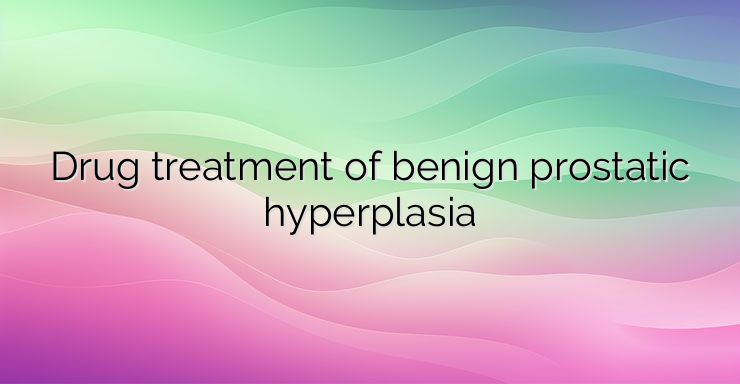In Bulgaria, about 10,000 new cases of benign prostatic hyperplasia or so-called benign prostatic hyperplasia are registered every year. enlarged prostate. Statistics show that over 50% of men over 50 are affected, the percentage rises to 90 in men over 70. An alarming statistic is that less than 5% of men after the age of 40 consult a specialist about urinary problems. Early detection of benign prostatic hyperplasia is a guarantee of more successful treatment. The disease is characterized by impaired urination, pain, burning, ineffective emptying of the bladder. Treatment methods depend on the degree of hyperplasia. For conditions without complaints and mild symptoms, waiting is recommended under medical supervision. Phytotherapy is also recommended at this stage. The most commonly used plant is Saw Palmetto – an American dwarf palm. The exact mechanism of action has not been clarified. The plant extract is thought to lower levels of dehydroandrosterone, which stimulates the growth of the gland. Pygenium africanum (African plum) extract contains triterpenes. It has a proven anti-inflammatory effect, enhances prostate secretion and lowers the hormone level in the gland, thereby reducing hypertrophy. In addition, the elasticity of the bladder increases. NEWS_MORE_BOX In more pronounced symptoms, therapy with alpha-1-blockers is switched. They relax the smooth muscle of the prostate. In this way, the neck of the bladder is opened, which allows easier and more efficient emptying of the bladder. Medicines from this group are: Prazosin, Terazosin, Doxazosin, Tamsoluzin. It is recommended to take it in the evening in a supine position to reduce the risk of a sharp drop in blood pressure and getting sick. Patients may experience dizziness during the first few doses. These drugs are not suitable for people with hypotension and cataracts. The onset of action can be from a few days to a few weeks. The 5-alpha reductase inhibitors are Finasteride and Dutasteride. They affect the enlargement of the prostate and the progression of the disease. The effect occurs more slowly – about 6 months. The best effect is observed in patients with large prostates who cannot undergo surgical treatment or cannot tolerate the side effects of alpha-1-blockers.


Leave a Reply